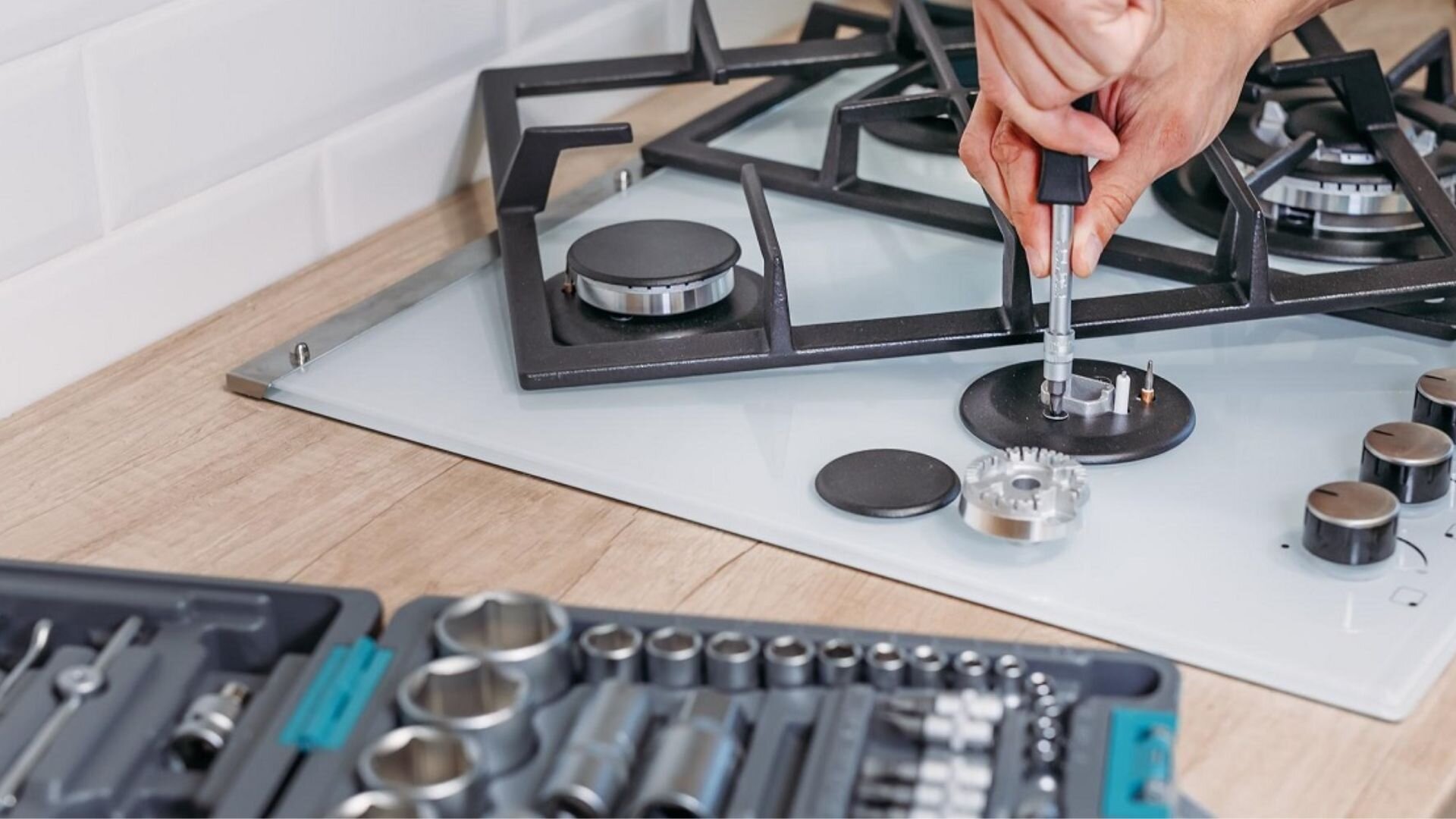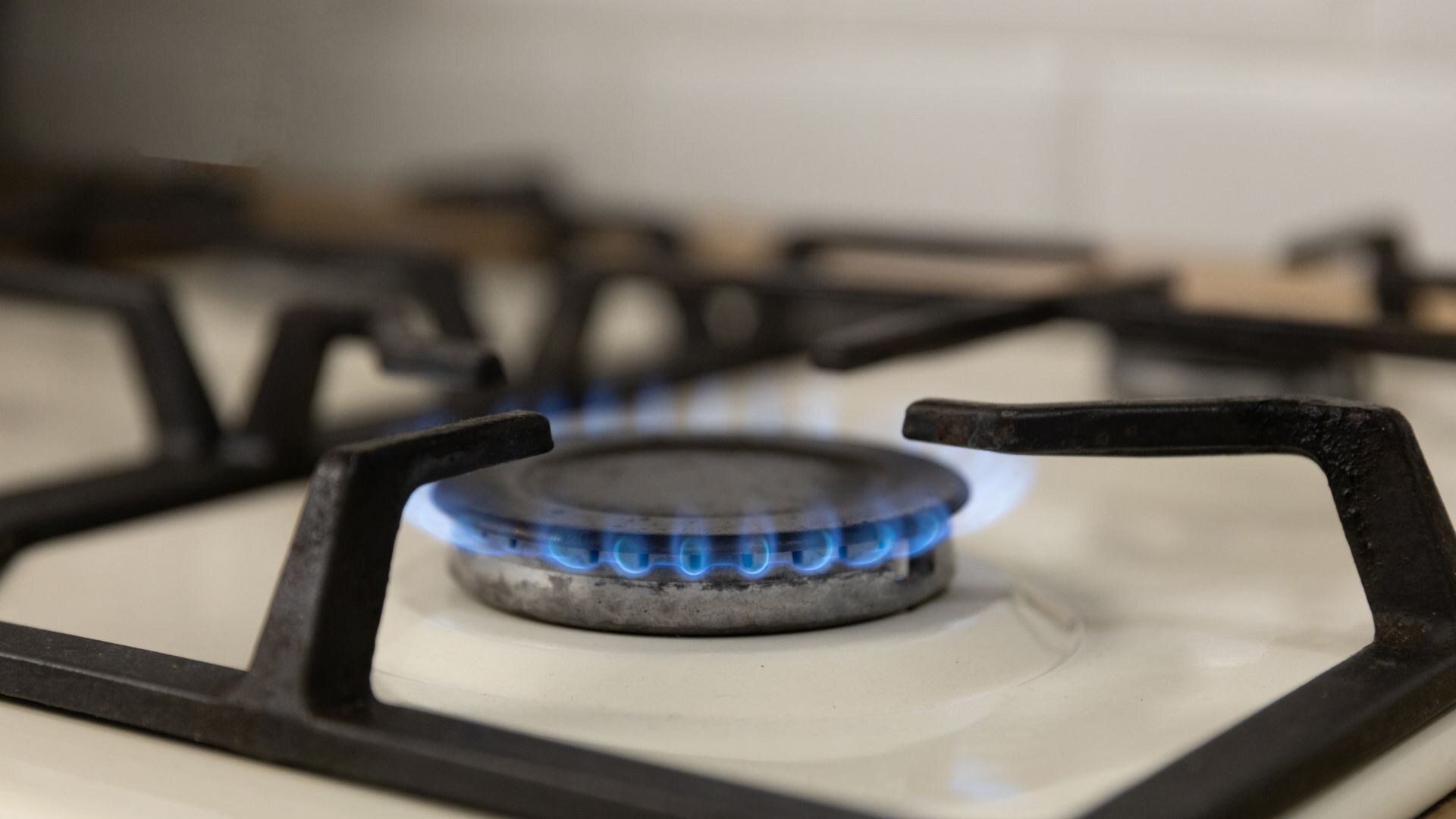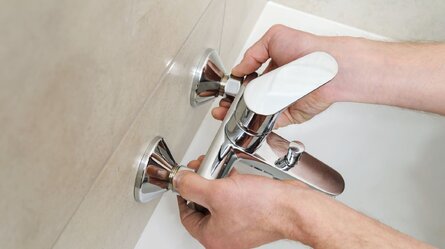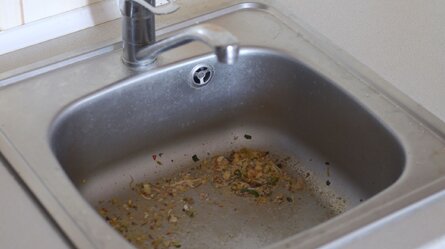Your hob top is the heart of your kitchen, working tirelessly to help you whip up delicious meals. Regardless of whether you have a gas or electric model, maintaining it in excellent condition is crucial. This ensures even heat distribution, quicker cooking times, and a seamless cooking experience. When it’s functioning correctly, you’ll enjoy precise temperature control, making it a breeze to cook perfectly.
However, neglecting regular maintenance can lead to various issues like weak flames and uneven heating. More seriously, problems such as gas leaks or electrical faults may arise. As time passes, grease and food debris can clog the burners, forcing your hob to work harder and consume more energy. Faulty components can pose significant safety hazards, from fire risks to carbon monoxide leaks.
Regular servicing is essential to keep your hob running efficiently and avoid costly breakdowns. A professional check-up ensures that everything remains clean, functions correctly, and is safe to use, minimizing the risk of unexpected failures while extending your appliance’s lifespan.
Signs Your Hob Top Needs Professional Attention
Minor hob issues might not seem significant initially, but they can escalate if left unattended. A weak flame, slow ignition, or an occasional gas smell might not feel urgent, yet they often signal a larger underlying problem. Clogged burners, faulty components, or even minor gas leaks can lead to inefficiency, increased energy consumption, and safety risks.
Catching these warning signs early can prevent costly repairs or the replacement of your hob entirely. Addressing problems promptly restores performance, improves efficiency, and ensures your kitchen stays safe.
Warning Signs to Watch Out For:
- Weak or uneven flames – Often caused by burner blockages or gas flow issues.
- Persistent clicking sounds – This may indicate a faulty igniter or trapped moisture.
- A gas smell while cooking - This could be a sign of a leak or loose connection.
- Burners struggling to ignite – Often due to clogged nozzles or ignition failure.
- Longer cooking times – This could mean heat isn’t distributing correctly.
- Stiff or unresponsive control knobs – A sign of internal wear or build-up.
- Soot or black marks around burners – Suggests incomplete combustion or ventilation issues.
Addressing these problems early ensures your hob stays safe and efficient.

Unusual Noises and Clicking Sounds
A quick clicking sound when you ignite your gas hob is perfectly normal—that’s just the igniter sparking the gas. However, if the clicking persists after the hob is lit or occurs randomly when it’s off, there’s likely an issue.
This could be due to moisture in the igniter, food debris blocking burner ports, or a misaligned burner cap. If left unchecked, these issues can waste gas and cause your hob to malfunction.
If cleaning and drying don’t stop the clicking, it’s time for professional servicing. A faulty igniter or damaged ignition system might need repairs to keep things running safely. And if you notice weak flames or a gas smell along with the clicking, turn off the hob immediately and call for expert help.
Weak or Uneven Flames
Your gas hob should produce a steady, strong blue flame. If it’s flickering, weak, or turning yellow, it’s a sign of trouble.
A yellow or orange flame often means incomplete combustion, leading to excessive carbon monoxide—a serious safety risk. Weak flames or uneven heating can result from clogged burner ports, low gas pressure, or faulty regulators. Grease and food debris can also block airflow, weakening flames over time.
A professional service can clean and calibrate your burners, check gas connections, and clear blockages to get your flame back to full strength. If the issue is with gas pressure or worn-out parts, servicing will prevent bigger problems and keep your hob running safely.
Gas Smells or Leaks
Never ignore even the faintest gas smell near your hob. Though natural gas is odourless, suppliers add a distinct scent to help detect leaks. If you notice a persistent odour, it might indicate a leak, posing serious risks such as fire, explosion, or health hazards due to prolonged exposure.
Leaks can happen due to worn-out seals, loose connections, or damaged gas lines. A faulty burner or regulator can also cause gas to accumulate. Sometimes, even a partially turned knob can let gas escape.
If you suspect a leak, turn off the hob immediately, ventilate the area, and avoid using electrical switches or flames. Call a professional to check for leaks and ensure all connections are secure. Regular servicing can help catch these risks early and keep your hob safe.
Difficulty Igniting the Hob Top
Your hob should ignite quickly and easily. If you struggle to get it started, it’s a sign that something’s wrong.
Clogged burners, a faulty igniter, or inconsistent gas flow often cause slow or failed ignition. Food debris, grease, or moisture build-up can block the ports, preventing gas from reaching the igniter. A worn-out ignition system or faulty gas regulator can also cause ignition issues.
A professional technician can clean the burners, test the igniters, and check gas flow to diagnose and fix the problem. Prompt servicing ensures hassle-free ignition and keeps your hob working safely.
Burners Not Heating Evenly or Taking Longer to Cook
If your hob isn’t heating evenly, cooking can become frustrating—some parts of your food may burn while others remain undercooked. When burners don’t reach the correct temperature or distribute heat inconsistently, meal prep takes longer and wastes energy.
This issue can stem from clogged burner ports, misaligned caps, or blockages in the gas supply. Grease build-up can also disrupt the gas flow, affecting flame strength. In electric hobs, faulty heating elements or damaged connections can lead to temperature fluctuations.
A professional service will inspect and clean burners, adjust alignment, and repair faulty components, restoring even heat for reliable cooking.
Soot or Discolouration Around Burners
If you notice soot on your cookware or around your burners, it’s a red flag. A properly functioning gas hob should burn clean with a blue flame. Soot build-up suggests incomplete combustion, which could mean an issue with gas flow or ventilation.
Discolouration around burners, like black or yellow stains, can indicate poor airflow or gas leaks. Beyond performance issues, this also poses safety risks.
Professional servicing can clean burners, adjust the gas flow, and fix combustion problems, keeping your hob running safely and efficiently.
When to Stop Using Your Hob Immediately

Some hob issues can’t wait. Stop using the appliance immediately if you notice a persistent gas smell, sudden ignition failure, sparks from an electric hob, or excessive soot build-up.
A faulty hob can lead to gas leaks, fire hazards, or carbon monoxide exposure, putting your household at risk. Ignoring these warning signs could also result in costly damage or the need for a complete replacement.
Getting a professional assessment ensures safety and restores functionality before the problem worsens.
Keep Your Hob Running Smoothly with Woolf Plumbing
Regular servicing is the key to keeping your hob top working efficiently and safely for years. A well-maintained appliance performs better and prevents costly repairs and safety risks. Expert technicians can clean burners, fix weak flames, and check for gas leaks before they become bigger issues.
Woolf Plumbing provides reliable hob top servicing to keep your appliance in peak condition. Whether you have a gas or electric hob, our experienced team is here to help. Contact Woolf Plumbing today to book your professional service and enjoy stress-free cooking.




